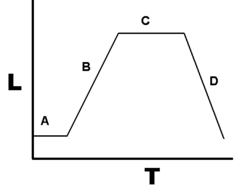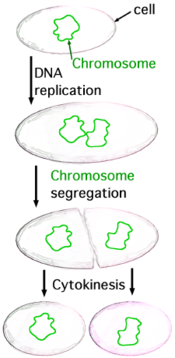The Ultimate Getaway Place...A Vegetable???
Living, Growing, and Reproducing
Pseudomonas syringae is a aerobic bacterium that has both pathogenic and
non-pathogenic strains. Optimal temperature for the
pathogenic strain is a damp surface with temperatures
between 12-25 °C, depending
on this specific pathovar. P. syringae tends to
be dispersed between plants by rain dispersal on seeds.
There have been a number of studies that sug
both pathogenic and
non-pathogenic strains. Optimal temperature for the
pathogenic strain is a damp surface with temperatures
between 12-25 °C, depending
on this specific pathovar. P. syringae tends to
be dispersed between plants by rain dispersal on seeds.
There have been a number of studies that sug gests that
this species also can also do well in stressful
conditions such as the dry environment of intracellular
spaces on leaf surfaces
and other plant tissues. This species is commonly
associated with a variety of apple, cherries, bananas,
citrus fruits, tomatoes, beans, and a number of other
fruit and vegetable plants.
gests that
this species also can also do well in stressful
conditions such as the dry environment of intracellular
spaces on leaf surfaces
and other plant tissues. This species is commonly
associated with a variety of apple, cherries, bananas,
citrus fruits, tomatoes, beans, and a number of other
fruit and vegetable plants.
Pseudomonas syringae is a bacterium hence
it's growth is not measured in terms of individual cell
such as animal or plant growth,
but is rather measured in terms of growth of the population
of the species as a whole. The major steps that
bacterial growth is determined by over time is
the initial lag phase(A), the exponential growth phase
(B), the stationary phase (C), and the exponential death
phase (D).
by over time is
the initial lag phase(A), the exponential growth phase
(B), the stationary phase (C), and the exponential death
phase (D).
